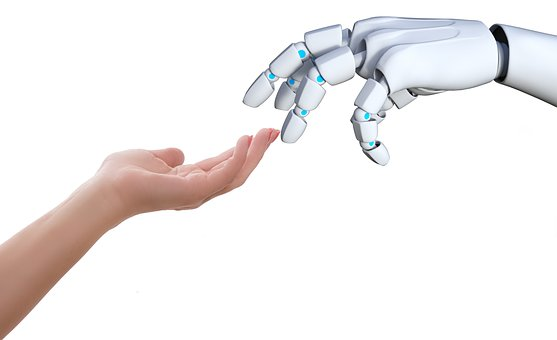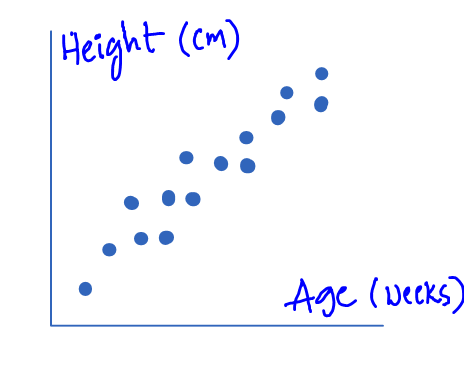
Open AI’s Cutting-edge Sets New Standard For Robot Dexterity
Robotic hands can play on the drum and even rotate objects smoothly, but they do not get enough to grab unfamiliar objects. Therefore, the robot DexNet 2.0, created by specialists of the University of California at Berkeley, which with the help of deep training can grab a random real object with 99 percent probability, is so remarkable. Moreover, the device, developed with the participation of Amazon, Google and Toyota, can be used in production and supply in the near future.
According to the developers themselves, in order to derive the ideal algorithm, which forced the robot to move the hand, it took several tests. During one experiment, the robot was able to move about 50 times, twisting a regular cube with a limb. Despite the fact that the robot arm and simulate the physical interaction with the object, the algorithm of the robot is still quite simplistic. During the research, engineers had several times my weight and the size of the cube, as well as the level of friction between objects.

After learning about artificial intelligence, researchers connected the system to a standard robotic arm equipped with a conventional 3D camera. When interacting with a new object, the system quickly determined how best to grab it. If the system’s confidence in the success of the process exceeded 50 percent, she managed to grab the object correctly in 98 percent of cases. If confidence was below 50 percent, the system first touched the object to think about how best to take it, and then successfully coped with the task in 99 percent of cases – according to the developers, the performance of their system is significantly better than other similar ones.
Researchers suggest that the new teaching method, coupled with cloud storage and computation, can bring robots closer to production and even in unconventional conditions like hospitals. Therefore it is not surprising that the research is actively supported by such manufacturers as Toyota, Siemens and Amazon. The latter also conducts special competitions that reveal the best robot able to get goods from the shelves in the warehouse to make an order.
In order to obtain the necessary data, the developers used a computer with 6144 processor cores, which allowed to spend for 50 hours of real time a hundred years of simulated attempts. After a series of experiments, it became possible to transfer skills in real time. It is worth saying that the geniuses of engineering soap have long learned to create electromechanical analogues of human limbs, which are used as prosthetic devices, however, their functionality to this day left much to be desired. After a successful presentation of their development, engineers hope that in the future their discovery will help people with disabilities.



